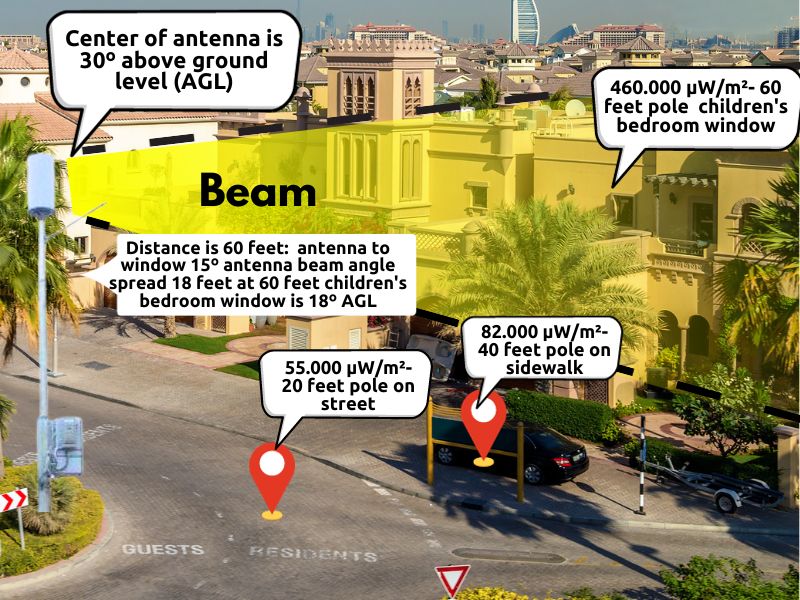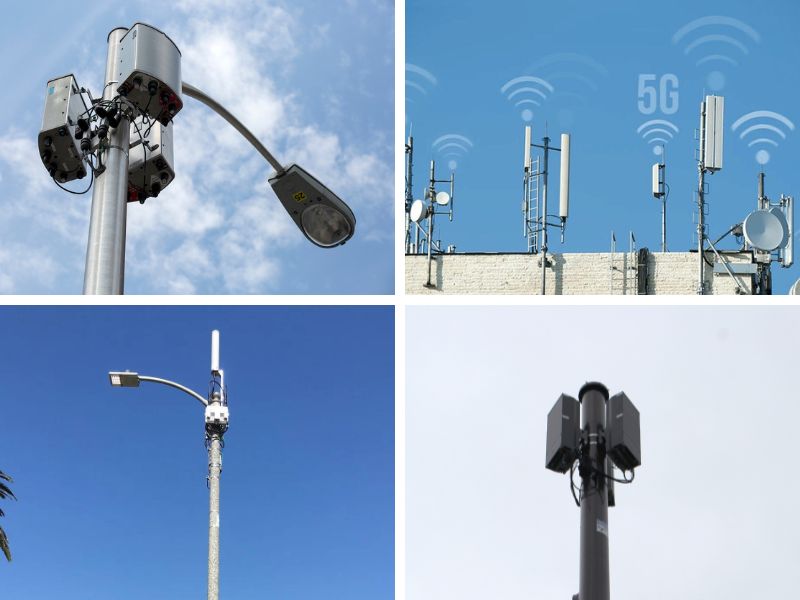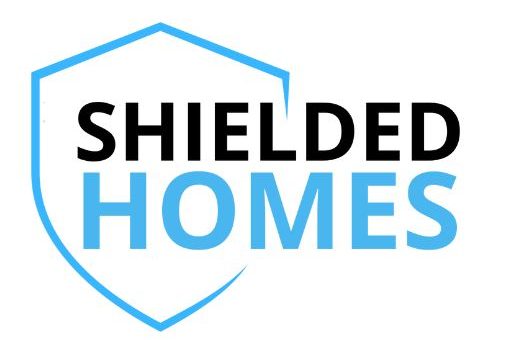According to certain real estate analyses, the implementation of 5G technology has the potential to impede or potentially reverse some of the positive trends in home value that homeowners are currently experiencing.
The technology behind small cell phone towers is founded on novel, significantly shorter microwave wavelengths that have not been previously employed in cellular communication. Differing from conventional cell phone technology, these waves exhibit a pulsed nature, have limited propagation distances, possess higher directionality, and are more susceptible to obstruction by structures and vegetation. Consequently, the effective operation of these systems necessitates the deployment of a significantly larger number of transmitting devices, situated much closer to residential areas.
According to two separate estimates, an additional 250,000 to 330,000 new “mini-cell phone towers” will need to be installed across the United States within the next three years. This represents a doubling of the current infrastructure, all of which is essential to enable the functionality
of 5G networks. Below, we provide an illustrative example of these new transmitting devices, including their proximity to a typical residential dwelling (along with electromagnetic field measurements, which we will not delve into at this moment).

The 5G evolution of cellular technology eliminates the need for new extensive, tall, independent towers. Instead, it necessitates the installation of a substantial number of smaller transmitters, characterized by increased potency. These transmitters employ an advanced technique known as Massive MIMO, an abbreviation for multiple input multiple output, which facilitates precise targeting and tracking of users within a cell site by utilizing multiple focused beams. Visually, it can be represented as follows:

The persistence of our current situation, where we reside a quarter to half a mile away from the nearest cell phone tower resembling a floodlight illuminating a significant area, will endure even with the advent of 5G. It’s crucial to recognize that 5G is an augmentation to our existing 4G network of transmitters, rather than a replacement. Nevertheless, the introduction of 5G necessitates the deployment of this new generation of transmitters in your vicinity, including your neighborhood and street, affixed to streetlights, utility poles in alleys, and potentially on private properties, spaced approximately 250 feet apart or in a denser configuration if required. These transmitters will be directing their signals more precisely towards the sidewalks where people walk their dogs, where children play, and into the bedrooms where we sleep and our bodies endeavor to recover and revitalize. For a visual illustration, you can refer to this 2-minute video as an example:
The real estate industry is well aware that the presence of cell phone towers, as well as larger electrical transformers or power lines in close proximity, has a detrimental impact on property values and diminishes the inclination of potential buyers to make a purchase. This insight is elucidated by William Gati in his article featured in the New York Real Estate Journal. William Gati writes in the New York Real Estate Journal “Examining invisible urban pollution and its effect on real estate value in New York City” (September 2017)
– “Comprehending the electromagnetic field (EMF) measurements associated with both commercial and residential sites represents a relatively recent development within the real estate sector. The installation of cell phone towers not only contributes to additional tax revenue and improved signal quality in specific urban segments but also elicits skepticism due to perceived health concerns and potential ramifications on property valuations. A growing segment of the population expresses reluctance to reside in proximity to cell towers, and in certain locales where new towers have been erected, property values have experienced a decline of as much as 20%.”
According to an article published in the July 2014 issue of REALTOR® Magazine titled “Cell Tower Antennas Problematic for Buyers” :
– “Approximately 79 percent of respondents expressed an unequivocal reluctance to acquire or lease property situated within close proximity to a cellular tower or its associated antennas. Additionally, nearly 90 percent of participants conveyed apprehension regarding the growing prevalence of cellular towers and antennas within their residential communities.”
Lastly, based on a 2014 survey conducted by the National Institute for Science, Law, and Public Policy (NISLAPP) in Washington, D.C. “Neighborhood Cell Towers & Antennas—Do They Impact a Property’s Desirability?”
– “Prospective homeowners and tenants exhibit reduced enthusiasm for real estate situated in close proximity to cellular towers and antennas, as well as for properties hosting such infrastructure on their rooftops or exteriors. An overwhelming 94% of respondents expressed that the presence of a nearby cellular tower or an array of antennas would detrimentally affect their interest in a property, consequently influencing the price they would be willing to offer for it.”
I would like to inquire about your perspective regarding the potential impact of the widespread deployment of 5G technology, characterized by a substantial increase in the number of cell phone transmitters located in close proximity to our residences, on the overall value of your property. Furthermore, I am particularly interested in your insights concerning the implications of this development in relation to the search for or the quality of living in a health-conscious home.
